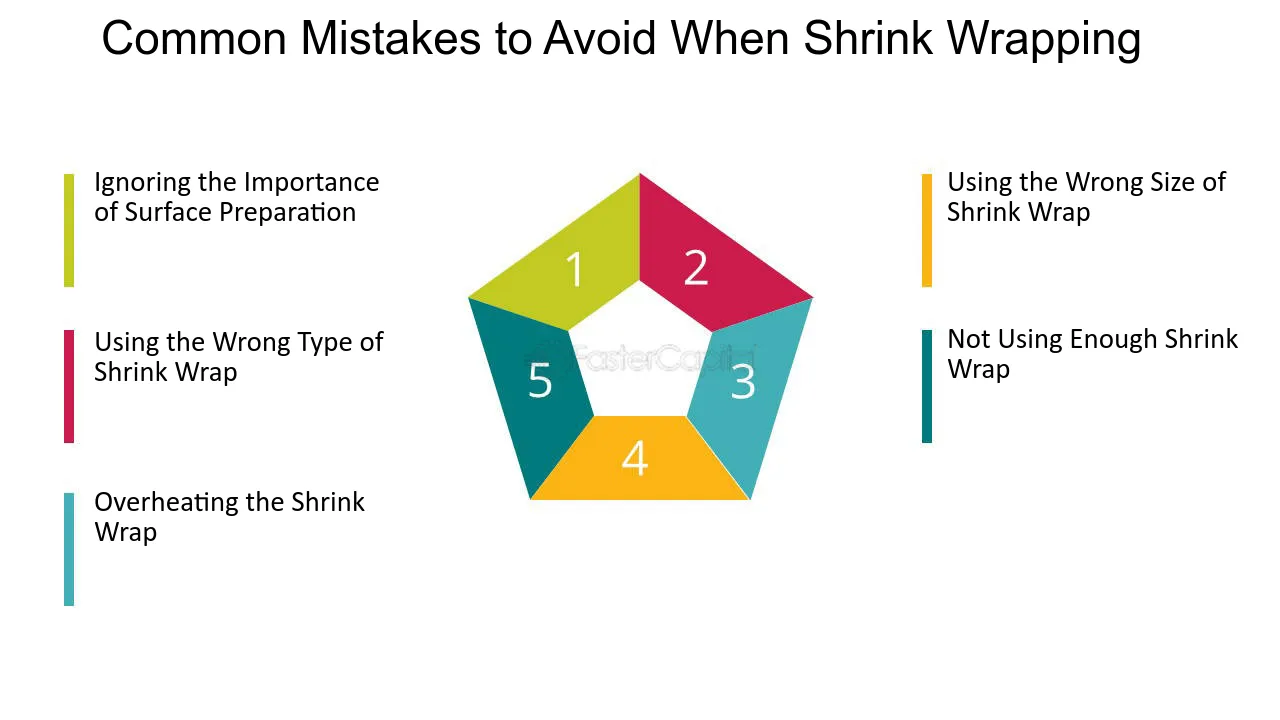Mechanics of the 10-K Wrap
The mechanics of the 10-K Wrap involve the process of creating a summary document that condenses the information found in a company’s annual report on Form 10-K. This condensed document is then used to provide a quick overview of the company’s financial performance and key highlights to investors, analysts, and other interested parties.
1. Gathering Information
The first step in creating a 10-K Wrap is to gather all the necessary information from the company’s Form 10-K. This includes financial statements, management’s discussion and analysis, risk factors, and other relevant sections of the annual report.
2. Summarizing Key Points

Once the information is gathered, the next step is to summarize the key points and highlights from each section of the Form 10-K. This involves condensing the information into concise and easily understandable language, while still capturing the most important details.
For example, the financial statements section may be summarized by highlighting the company’s revenue growth, profitability, and key financial ratios. The management’s discussion and analysis section may be summarized by focusing on the company’s strategic initiatives, market trends, and risk factors.
3. Organizing the Content
After summarizing the key points, the next step is to organize the content in a logical and coherent manner. This involves structuring the information in a way that flows smoothly and allows the reader to easily navigate through the document.
For instance, the 10-K Wrap may start with an introduction that provides an overview of the company and its industry. This can be followed by sections that cover the company’s financial performance, key initiatives, risk factors, and future outlook.
4. Design and Formatting
Once the content is organized, attention is given to the design and formatting of the 10-K Wrap. This includes selecting an appropriate layout, font style, and color scheme that enhances readability and visual appeal.
Charts, graphs, and tables may also be included to present financial data and other key metrics in a visually appealing manner. These visual aids help to convey complex information in a more digestible format.
5. Review and Finalization
Before the 10-K Wrap is finalized, it is important to review the document for accuracy, clarity, and completeness. This involves proofreading the content, checking for any errors or inconsistencies, and making any necessary revisions.
Once the review process is complete, the final version of the 10-K Wrap is ready to be distributed to investors, analysts, and other stakeholders who are interested in gaining a quick overview of the company’s annual report.
Components of the 10-K Wrap
The 10-K Wrap is a comprehensive financial document that provides a detailed overview of a company’s performance and operations. It consists of several key components that are essential for investors and analysts to understand the company’s financial health and make informed investment decisions.
Financial Statements
One of the main components of the 10-K Wrap is the financial statements. These include the balance sheet, income statement, cash flow statement, and statement of stockholders’ equity. The financial statements provide a snapshot of the company’s financial position, profitability, and cash flow. They help investors assess the company’s ability to generate revenue, manage expenses, and generate cash.
Management’s Discussion and Analysis (MD&A)
The MD&A section of the 10-K Wrap provides management’s perspective on the company’s financial performance and future prospects. It includes a detailed analysis of the company’s operations, financial condition, and results of operations. This section helps investors understand the factors that have influenced the company’s performance and its plans for future growth.
Risk Factors
The 10-K Wrap also includes a section on risk factors. This section highlights the potential risks and uncertainties that could affect the company’s financial performance and future prospects. It covers a wide range of risks, including industry-specific risks, regulatory risks, competitive risks, and operational risks. Investors use this information to assess the company’s risk profile and make informed investment decisions.
Legal Proceedings
Another important component of the 10-K Wrap is the section on legal proceedings. This section provides details of any ongoing or potential legal disputes that the company is involved in. It includes information on lawsuits, regulatory investigations, and other legal matters. Investors use this information to assess the potential impact of legal proceedings on the company’s financial performance and reputation.
Business Overview
The 10-K Wrap also includes a section on the company’s business overview. This section provides a detailed description of the company’s business model, products and services, customers, and competitive landscape. It helps investors understand the company’s industry position, market opportunities, and competitive advantages.
Corporate Governance
The 10-K Wrap includes information on the company’s corporate governance practices. This includes details of the company’s board of directors, executive compensation, and shareholder rights. Investors use this information to assess the company’s commitment to transparency, accountability, and shareholder value.
Other Information
In addition to the above components, the 10-K Wrap may also include other information such as auditor’s report, financial highlights, and exhibits. These provide additional insights into the company’s financial performance and operations.

Emily Bibb simplifies finance through bestselling books and articles, bridging complex concepts for everyday understanding. Engaging audiences via social media, she shares insights for financial success. Active in seminars and philanthropy, Bibb aims to create a more financially informed society, driven by her passion for empowering others.
